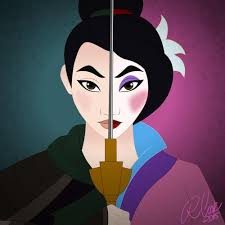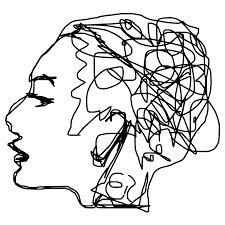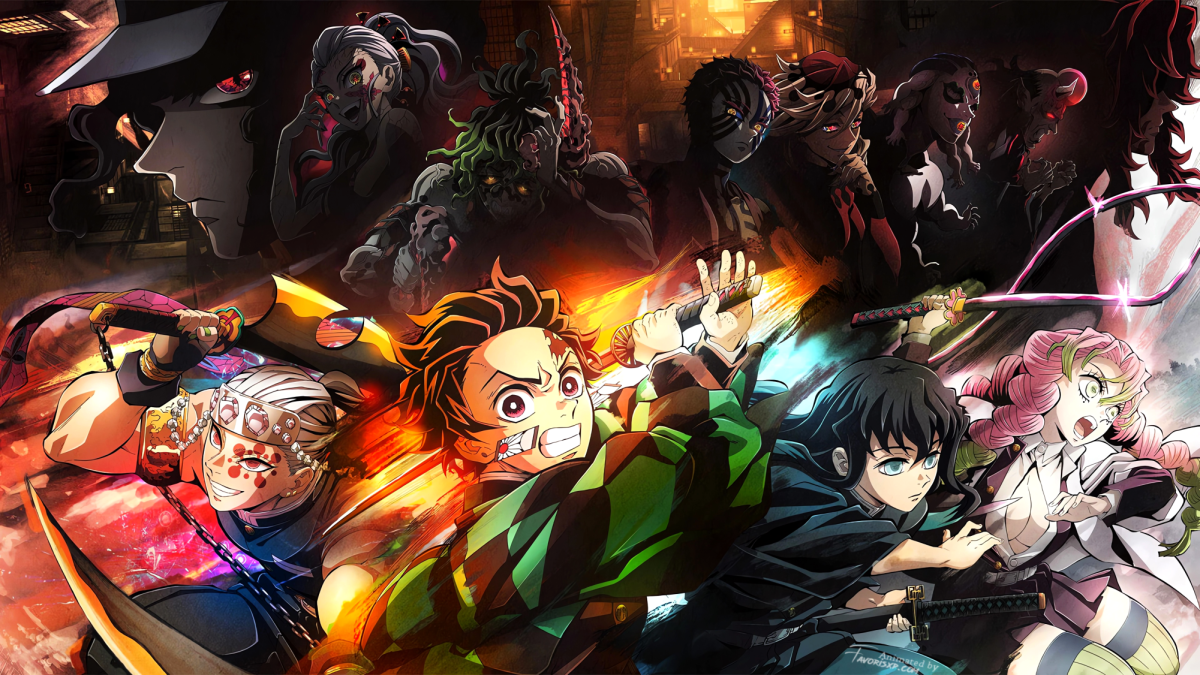
BY RAINA ZHAO
Staff Writer
On October 10th, an article titled “An Open Letter to the Creators of Disney’s Live-Action Feature Film ‘The Legend of Mulan’” appeared on the popular blog, Angry Asian Man. In the letter, an anonymous movie industry insider described the speculation script bought by Disney as, shockingly, featuring a white male lead who ultimately saves the day instead of Mulan herself.
My first reaction upon hearing this news was complete and utter disgust. Anger followed, at first in loud outbursts, then as slow-burning, simmering indignation. And although a great degree of anger still propels me to write this article at the present, I feel sadness too, because this offensive whitewashing is nothing new. It is just another addition to the long, disgraceful history of offensive representations of Asians in Hollywood.
The animated version of Mulan, first released in 1998, quickly became an icon in the Asian-American community. Objectively, the movie, as a product of Disney’s Renaissance era, is phenomenal, with its stunning animation, loveable characters, unforgettable soundtrack, and poignant emotional moments. For Asian Americans, it was more than just a quality movie: Mulan was the first female Asian character in mainstream media to be the main hero of her own story. Little Chinese girls everywhere, myself included, looked up to her as an inspiring role model. In fact, her story inspired not only Chinese people or even Asians, but women of all backgrounds–Mulan’s story of saving her entire country despite Chinese and general societal gender roles and patriarchy is inherently feminist.
It is a travesty that such an inspiring role model is completely devalued in this speculative live-action script. While the original Mulan proved that women could be strong, that Asians could be the heroes of their own stories, the new Mulan is just another tired trope of a white male saving the day. Mulan, in the live-action script, is reduced to nothing but an exotic love interest for the white hero’s Orientalist tastes. In fact, the initial reason why this white man decides to fight for China is so he can protect Mulan.
Protect Mulan? Mulan, the strong, independent woman who brought down the entire Hun army? Mulan, the warrior who beat every obstacle thrown at her? Mulan, the hero who started her story as disadvantaged; the hero we saw grow stronger because of her own determination; the hero who ultimately forged her own destiny? Mulan does not need protection. To suggest she does is misogynistic–a woman, especially a woman like Mulan, does not need a man to save her.
Changing the hero of Mulan in such a way communicates that even in such an established, beloved tale, only white men can be heroes. Why do script-writers feel such a need to make the hero white and male, even when the tale itself is called “The Ballad of Mulan”? Not only is it simply unnecessary, it sends the offensive message that an Asian female hero, even a titular character, is ultimately inferior to the traditional White Savior trope when it comes to the appeal of the character.
Race and gender politics aside, it is illogical to change an already-existing Chinese legend so drastically. The Ballad of Mulan has existed for hundreds of years, and in the original text, a male suitor is never even mentioned–least of all a white one. Why even bother making a movie about Mulan if it is so inaccurate to the source material?
The fact of the matter is, the issue of media representation goes beyond this single instance. White characters make up the majority of heroes in movies and books, while according to the New York Times, only 1% of leading roles go to Asian Americans. While some may find this logical (Hollywood is, after all, American, and the majority of Americans are Caucasian), there is a distinction between the amount of representation and what that representation specifically entails. Minority characters, when appearing at all, are often stereotypical, or cast as villains. In fact, white male characters are so disproportionately depicted in a positive, heroic light, as opposed to characters of color, that a 2012 study from Indiana University found that after prolonged exposure to TV, white boys felt an increase in self-esteem, while white girls, black boys, and black girls all saw their self-esteem decrease. How can we expect marginalized groups in society to empower themselves if their fictional counterparts are not even shown as equal to the group currently on top: white males?
Stereotypical or negative representations don’t just affect the self-esteems of the members of minority groups depicted. It also has effects on the perceptions of the minorities in society. The United States’ dark history of discrimination against Asian Americans, from the Chinese Exclusion Act to Japanese internment camps in World War II to the Yellow Peril (the remnants of which can still be seen today), has resulted in Asians being seen as exotic and foreign; immigrants whose cultural differences will always make them different from what is “normal”. Many Asians feel like they are not accepted or do not belong, even if some Asian Americans have lived in America for their entire lives.
Negative depictions of Asians in the media can contribute to this sense of “otherness”. Asian characters are rarely treated as three-dimensional characters in the same way white characters are. They are often dehumanized and turned into a punchline born out of racial stereotypes. An example would be Mr. Yunioshi from Breakfast at Tiffany’s, a yelling, heavily accented Japanese character with buck teeth and taped back eyelids (and played by Mike Rooney, a white actor). Long Duk Dong from Sixteen Candles, a character depicted as socially inept and having no chance romantically with Molly Ringwald’s female lead, also comes to mind. These stereotypes lead people to believe that they are accurate depictions–that Asian Americans really are just math-loving, desexualized robots of the Model Minority. In reality, Asians are so much more: we are multi-faceted humans with just as many emotions and nuances as a white man. The only way to break these misconceptions is to increase Asian visibility in the media and create relatable characters, so that audiences can empathize not only with the Asian face they see on screen, but also begin to do so the Asian faces they encounter in real life.
How does this all relate to Mulan? Well, Mulan was a rarity in the depth and complexity of her character and story. She was a well-developed character with whom audiences of all backgrounds could identify. This speculation script robs the character of her complexity by putting the spotlight on a white male character. It relegates Mulan to the role of a supporting character in her own story, resulting in a movie in which the white man ultimately still receives the most depth and empathy.
After the much backlash over the leaked script, a source from Disney confirmed to Vanity Fair that the live-action Mulan would definitely involve a Chinese heroine, saying “The spec script was a jumping-off point for a new take on the story that draws from both the literary ballad of Mulan and Disney’s 1998 animated film…Mulan is and will always be the lead character in the story, and all primary roles, including the love interest, are Chinese.” While this is good news, the fact that the original speculation script considered a white male lead at all speaks to the progress still to be made when it comes to Asian representation.
Hopefully, the final draft of the official script will successfully recreate an already beloved character who could show audiences everywhere that Asian characters are just as three-dimensional and heroic as the white men they are accustomed to seeing. This shouldn’t be too hard for Hollywood scriptwriters. After all, they only need to treat Mulan with the same complexity they use when writing a white male character.
Removing Mulan from the Legend of Mulan?
November 7, 2016

0
Donate to Sword & Shield
$180
$1000
Contributed
Our Goal
Your donation will support the student journalists of University High School. Your contribution will allow us to purchase equipment and cover our annual website hosting costs.
More to Discover













